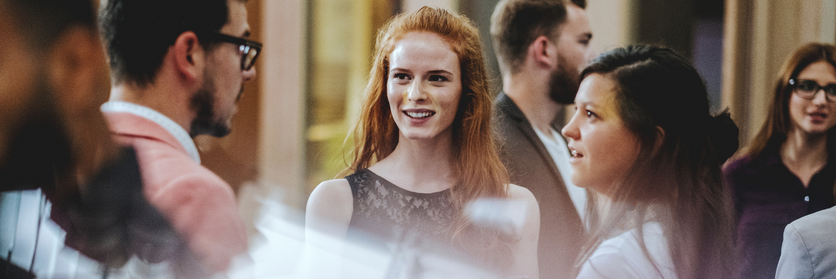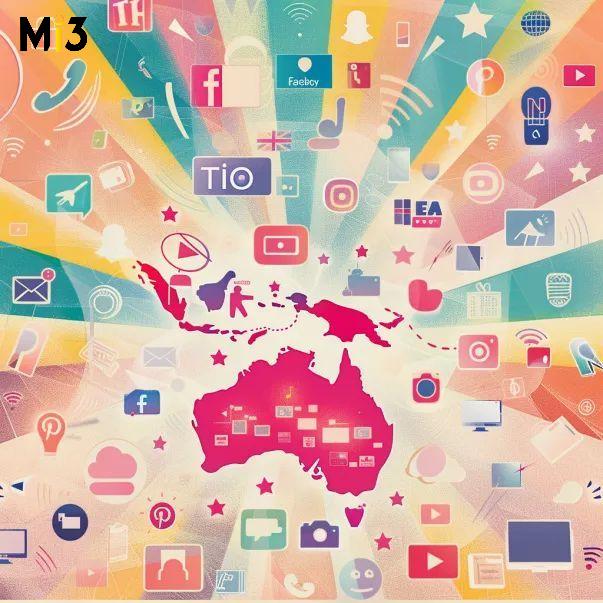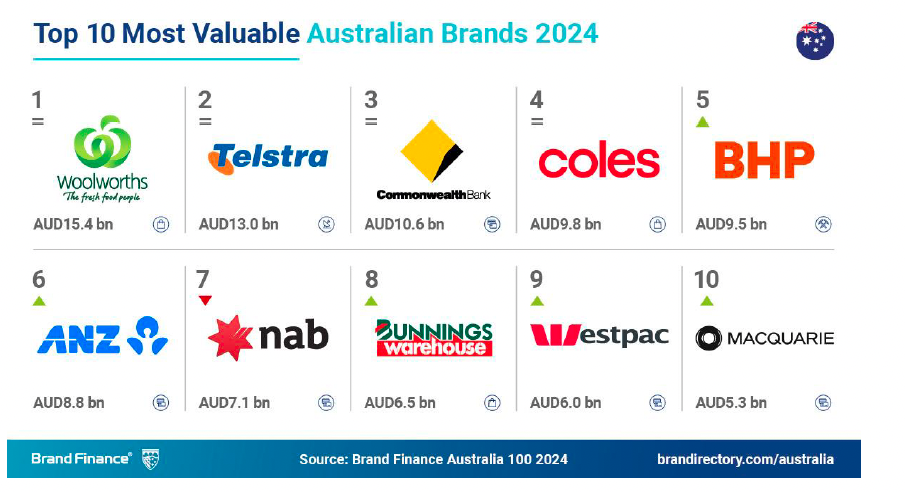How brands can help during a crisis


Many brands have turned off their marketing efforts during the pandemic, but Jill Avery, Senior Lecturer at Harvard Business School, and Richard Edelman, CEO of Edelman, argue that now is the time when customers need to hear from you most. But what do you say?
As the COVID-19 virus pandemic began to sweep across the world, Doug McMillon and his team at Walmart watched in horror. Suddenly, they realized, tomorrow would be nothing like “business as usual” and everything in the company’s marketing plan, from retail execution to advertising creative and media, would need to be rethought.
Recognizing that their existing brand creative might strike the wrong tone with people fearful for their own and their community’s health, and anxious about their personal and the world’s rapidly deteriorating economic situation, the Walmart marketing team pivoted quickly to produce and air new advertising creative that tapped into the rapidly changing zeitgeist. The result, the Retail Heroes campaign, featured CEO McMillon Zooming in remotely from home to thank the one million Walmart front line employees for their dedication to their work, he calls them heroes, not just to the company, but also to people around the globe.
At the same time, managers at other global brands were similarly considering their brands’ response to the COVID-19 crisis. Nike chose to twist its consumers’ athletic aspirations into a life-saving call to action with new ad copy that admonished, “If you ever dreamed of playing for millions around the world, now is your chance: play inside, play for the world,” to reinforce the need for people to stay home, while McDonald’s team in Brazil decided to redraw the iconic arches that made up the brand’s logo, drawing the two sides of the brand logo’s “M” apart to signal social distancing.
“Nearly a quarter of brands have gone dark, pausing all of their paid marketing communications for the first and second quarter of the year.”
Many other Chief Marketing Officers (CMOs) pulled back from advertising during the crisis, going dark, fearful of offending or of being accused of taking advantage of an unfortunate situation for corporate gain. According to estimates from a March 2020 survey of marketers conducted by the Interactive Advertising Bureau, nearly a quarter of brands have gone dark, pausing all of their paid marketing communications for the first and second quarter of the year.
What’s the right strategy for a CMO during a crisis such as the COVID-19 pandemic? During the week of March 23, 2020, Edelman, a global communications firm, conducted a survey of 12,000 consumers in 12 countries (Brazil, South Africa, Italy, France U.K., Germany, South Korea, Canada, China, U.S., Japan, and India) which were all in the midst of battling the novel coronavirus’s surge across the globe, to understand how consumers are responding to brand’s marketing during the crisis and to provide guidance to CMOs for branding in crises. These survey results form the basis for our analysis and advice below.
Do consumers want to hear from brands during a crisis?
Yes, they do, but only when that communication is comforting and reassuring to them and provides specific information about what brands are doing to respond to the pandemic. Consumers consider the brands they use to be trusted partners and look to them for information about the crisis and how it is affecting their companies, employees, and the products and services they provide. Brands should try to avoid communications that cause anxiety and concern about the crisis without offering solutions and hope to their consumers. And, brands should keep their consumers fully informed about how to continue to gain access to their products and services during the crisis, particularly for those deemed mission critical.
What do consumers expect from brands in a crisis?
Consumers expect quite a bit from their brand partners during a crisis, seeing them as critical partners to governments, non-profit relief organizations, and NGOs because of the powerful platform a strong brand delivers for communicating information and the strong relationships leading brands have with their consumers which may be leveraged to mobilize action. In fact, 63 percent of those surveyed believe that their country will not make it through the COVID-19 crisis without brands playing a critical role in addressing current challenges and 55 percent perceived that brands were responding more quickly and effectively to the pandemic than their government was, demonstrating the faith that consumers have in their brands and the companies that stand behind them. 86 percent of surveyed consumers view their brands as an essential safety net, ready to step up to assist anyone not helped by a government’s response to the virus, blurring the line between the private and public sectors.
“Brands must strive to be authentic, accountable, and audacious in their communications. They should lead where they can and work together with NGOs and governments, recognizing that they have the capacity to jointly enact solutions.”
Dr. David Nabarro, Special Envoy for COVID-19 for the World Health Organization (WHO) believes that in addition to being authentic, accountable, and audacious in their communications, brands should step up to lead alongside NGOs and governments to jointly enact solutions.
The core expectation that consumers have of brands in any situation, but particularly in a crisis, is that brands will do what is right for their employees, suppliers, customers, and society at large, without regard for how much it costs, with 90 percent of consumers stating that brands should be willing to suffer substantial financial losses to ensure the well-being and financial security of others. Those brands that do not run the risk of alienating a wide swath of consumers; 71 percent of those surveyed promised that brands and companies that placed their profits before people during the crisis would lose their trust forever.

How can brands help during a crisis?
- Educate the public by transforming the brand’s authority and media presence into reliable, factual information that instructs people about the crisis, how to protect themselves during it, and the progress being made to fight against it. For example, Unilever’s Dove brand released a video on social media that illustrated proper hand-washing techniques to help stem the tide of the virus at the same time its parent company announced $100 million in product donations, including 200,000 face masks to New York City hospitals to help keep healthcare workers safe. Given the prevalence of fake news proliferating in social media, consumers are looking to the brands they trust to provide the straight story.
- Offer free or lower-priced products to help people meet the challenges the crisis presents, particularly those most in need, such as healthcare workers or those forced into unemployment due to the changing economic environment. For example, Marriott’s and Hilton’s “Hotels for Hope” program offered free hotel rooms located near medical facilities to healthcare workers, while Serta Simmons donated 100,000 mattresses to hospitals as they frantically worked to increase the number of ICU beds during a surge in cases.
- Shift factories over from making consumer goods to products needed to fight the crisis. P&G used its factories to produce masks and hand sanitizer, while Ford and GE Healthcare teamed up to produce respirators and ventilators to help COVID-19 patients and support the stocks of overwhelmed hospital systems.
- Bring people together to help bridge the physical distance imposed by social distancingby facilitating community, offering empathy, and providing social support. AB InBev joined thousands of museums and performing arts organizations in offering virtual performances, sponsoring the Bud Light Dive Bar Tour: Home Edition featuring live music from popular artists livestreamed on YouTube, while Chipotle hosted Zoom hangouts where 3,000 fans could virtually mingle with celebrities. SnapChat curated mental health resources into a “Here for You” campaign, demonstrating its caring for its community of teenagers and young adults.
*This article was originally published on 7 April 2020 by Harvard Business School. Click here to read the full article.
About the Authors
Dr. Jill Avery is an authority on brand management and customer relationship management and a senior lecturer in the marketing unit at Harvard Business School, where she created and teaches the course Creating Brand Value. She is a former brand manager at Gillette, AT&T, and Samuel Adams and an advertising agency executive, and remains close to practice by serving as a board member, consultant, educator, and advisor to companies and their executives.
Richard Edelman is the CEO of Edelman, a global communications firm, named “PR Agency of the Decade” by AdAge. He has extensive experience in marketing and reputation management, having led assignments with major corporations, NGOs and family businesses in over 25 industries around the world. As the creator of the annual Edelman Trust Barometer, Richard has become one of the foremost authorities on trust in business, government, media and NGOs. Richard topped PRWeek’s list of most powerful executives (2013), was recognized as the third highest rated CEO by Glassdoor (2014) and was inducted in the Arthur W. Page Society’s Hall of Fame (2014).





